OCTOBER 8TH
OCTOBER 13TH
BTCF Board Member Dr. Gia Marson talks with Goop about helping loved ones with an eating disorder.
Breaking the Chains and NEDA
Breaking the Chains Foundation partnered with NEDA in support of National Eating Disorder Awareness Week on February 26 – March 4th by promoting awareness via a variety of our social media networks, celebrity support, sharing NEDA’s screening tool through our social media platforms, as well as having our own online event through out the week. Also joined NEDA in forming our own team for the Los Angeles NEDA Walk on April 7th, walking and raising funds in support of stopping eating disorders.
GREAT NEWS
The award winning short film “FINDING ALICE” was an Official Selection both as a short film and written word in The Hollywood Dreamz International Film Festival and Writer’s Awards in Las Vegas, August 2017!
UPCOMING NEWS
STAY TUNED! – BTCF YOUNG HOLLYWOOD CAMPAIGN
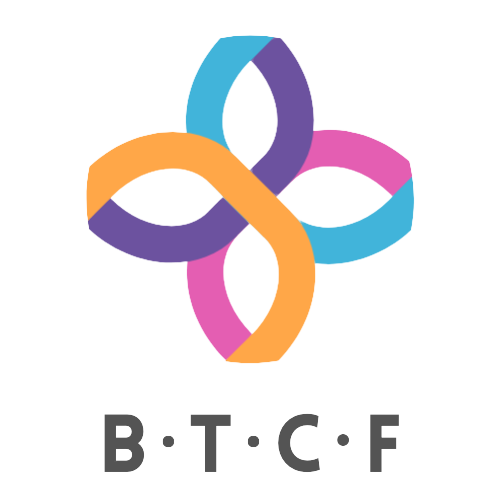

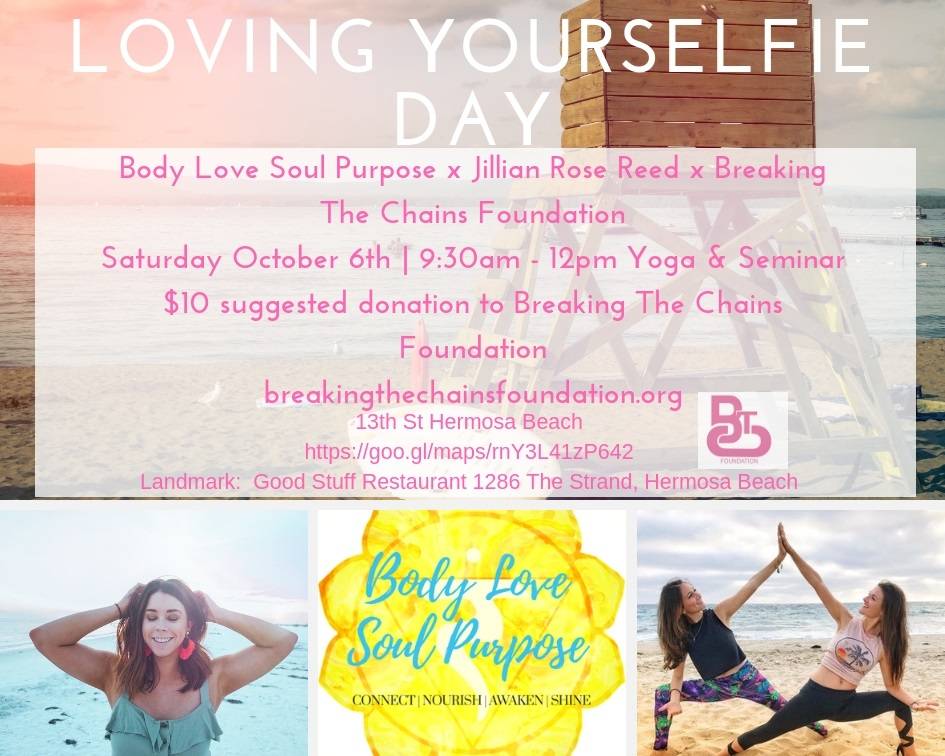
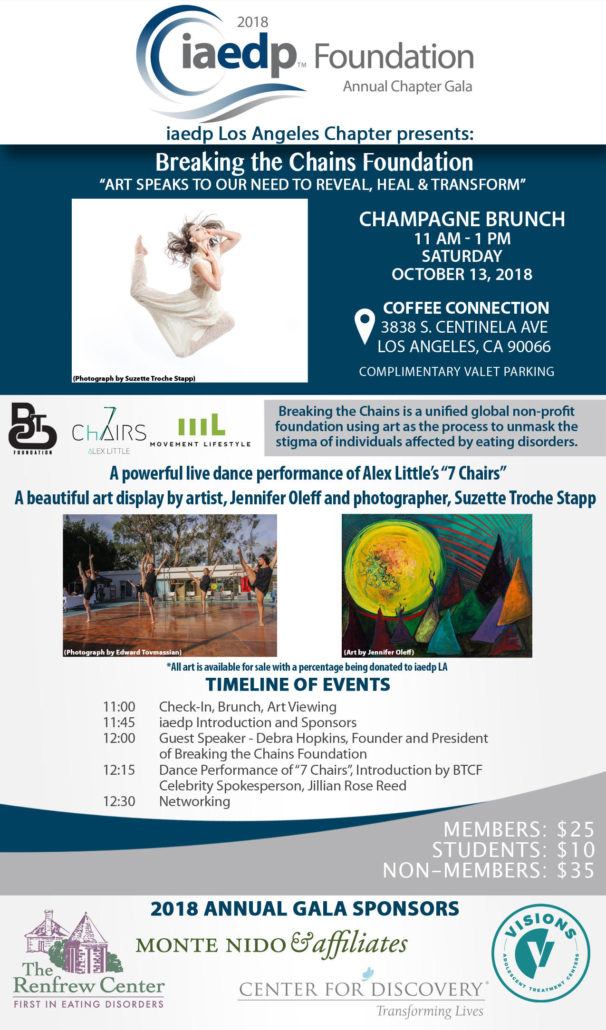
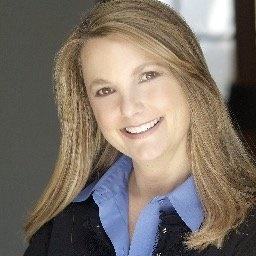

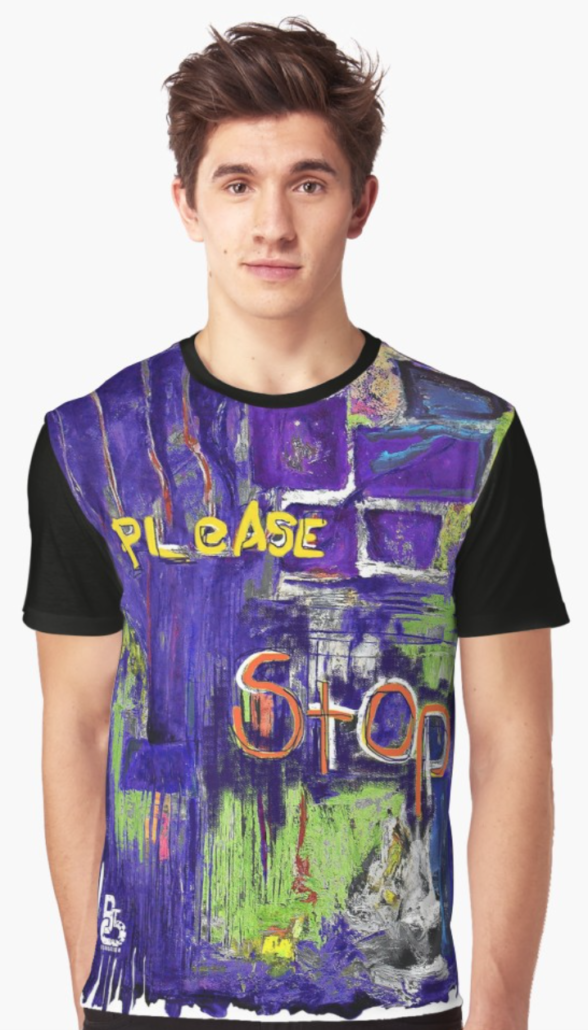

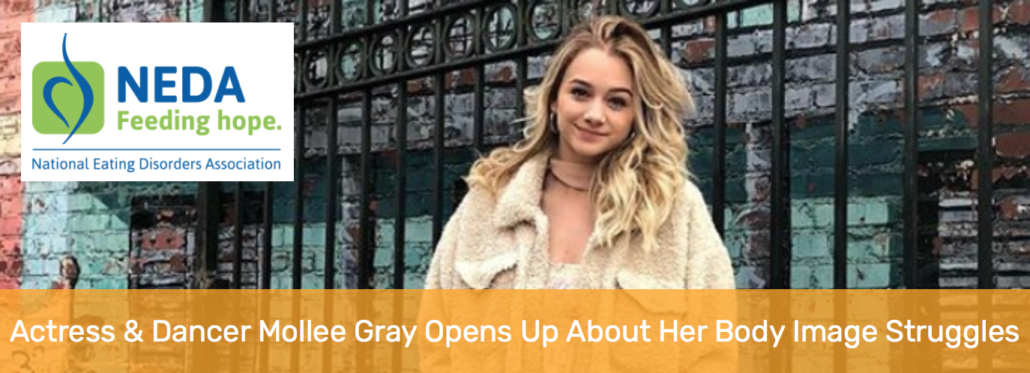
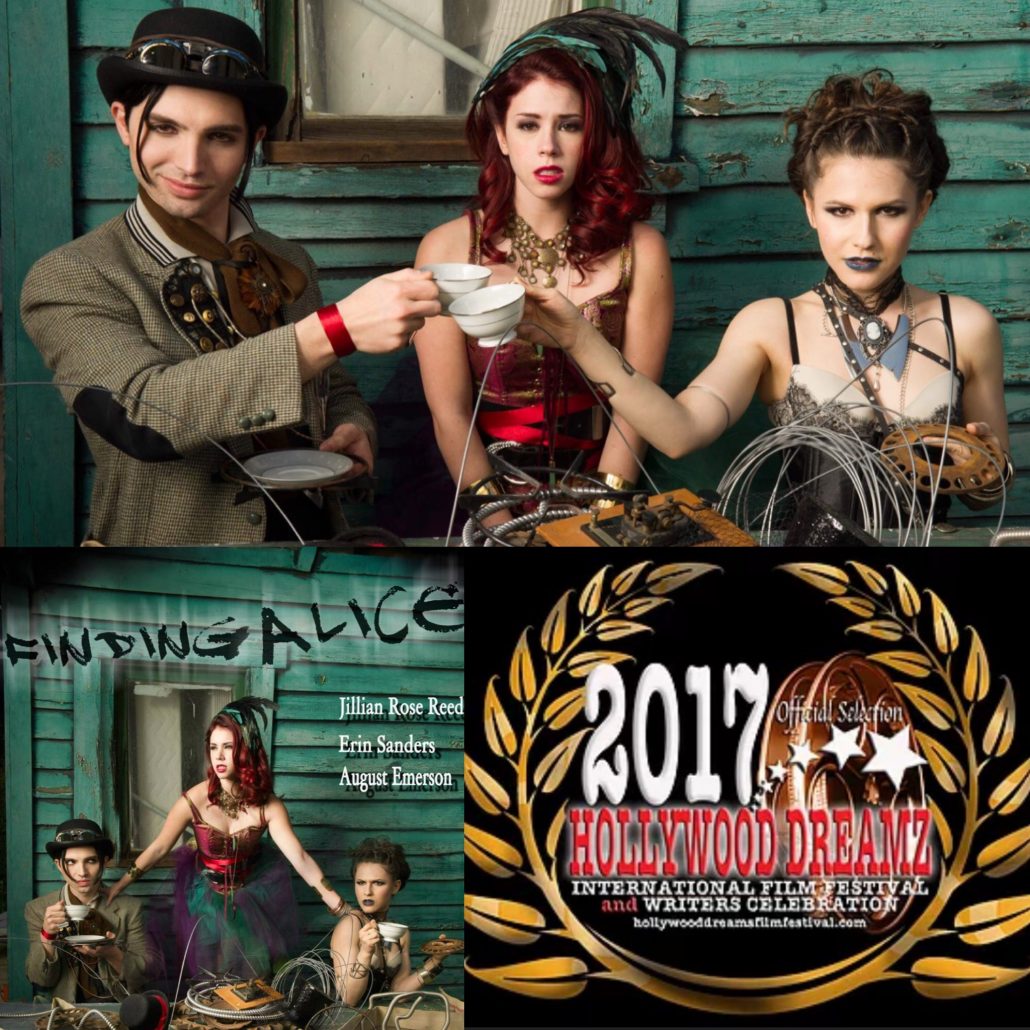



AN INTERVIEW WITH VALERIE MONTEGOMERY
Artist BlogsBTCF: As a self-published poet, you have a strong purpose and meaning behind your work. Can you please share what that is and how you have been able to share your work?
VALERIE: My calling to support the emotional well-being for all, but especially women has always been present in my life. It is so powerful to me that volunteering has been my longest career! Supporting women’s whole selves, especially emotionally, continues from when I was a high school student and took care of babies in my church’s nursery so the mothers could be with adults for a bit of their week.
I feel like my work is meant to be an illustration of sorts. For others to see themselves in my efforts. For others to become more of who they naturally are.
The poetry that came through my pen during cathartic life moments is not just for me.
BTCF: Our mission is to use the power of art and expression to foster creativity, build connections, and create a community in which individuals are able to thrive. How do you use your poetry or other forms of art as healing tools for yourself and others?
VALERIE: My greatest creativity has appeared through the painful times in my life. It is partially because of what I have been through and who I am that supports others to thrive.
BTCF: Your private practice, Beyond Beautiful is geared toward emotional fulfillment for high-achieving women. What does that mean and how can more women find out about it?
VALERIE: I have two businesses: Beyond Beautiful, PLLC is my clinical practice with women using psychotherapy. My second business Beyond Beautiful Pathways, LLC is the public-facing group of courses and holistic guideship that is more educational and houses my signature programs, one of which is my new Facebook group Beyond Beautiful®: Emotional Fulfillment for High Achieving Women.
This new group has three membership questions in order to join. The women in this group are ready to up-level their presence in their own lives, with access to me and unique opportunities to experience themselves more fully in their lives.
BTCF: What type of e-courses do you offer, and can you share a little bit about what they are?
VALERIE: Yes!
Process Poetry: Using Language to Discover Your True Self is a 6-unit and 13-material course. It houses the mechanisms to support mining the body through the breath using the timeless portal of emotion to access, release, and harness their natural strength. Through this access portal, women can tap the wisdom of the body. They also learn how to release stored shock and freeze in their nervous systems. As a result, they are able to breathe deeper, feel more available for themselves and others, create better relationships, access their joyful contribution to the greater community, and be physically healthier.
The ABC’s of Emotions course teaches folks to understand where their emotions come from, how to learn what they are telling you, and how to communicate your reality with others. Through this mechanism, the learner can access their authentic self and live according to their own value system. Other courses are in development.
BTCF: Mental Health is such an important topic and one that has so many different facets to it, in 2010 you started a group called Mental Health Professionals of Southern Colorado. How did you begin building that community and what are 5 tips you could share that would aid others in doing something like this?
VALERIE: The Mental Health Professionals of Southern Colorado group represents my efforts to support the Counselor community, share resources in our community, and provide support for psychiatrists, psychologists, counselors, social workers, psychiatric nurse practitioners, and marriage and family therapists.
What the group has also done is provide warm referrals for those clients seeking counseling who are not the best fit for the provider they may have first reached out to. Members have found community through this group, found office space, gotten help navigating private practice, gotten jobs, helped with medical insurance billing, and more.
This group has also kept me top-of-mind in the Colorado community for referrals and resource-sharing.
5 Tips:
BTCF: As a health professional, what has been one of your challenges? Is there a philosophy behind your work that helps you navigate the tough spaces?
VALERIE: One of my challenges has been the isolation of working in a solo private practice and now being virtual and working from home. Hence, the Mental Health Professionals of Southern Colorado group.
My most enduring motivation for being successful has been that my children are watching. Even 19 years ago when the marriage with their father was unraveling, I had this awareness of the modeling that I was providing for my now adult children. Most women have a core value of relationships. This is part of what keeps the next generation alive. We can tap into this strength to keep us focused on what is the most important.
I hope I have provided a template for navigating change.
BTCF: What kind of paints do you work with as an artist and what is the process you use?
VALERIE: Ha! Well, this question is actually the back story to my first course’s name.
Before I had developed any courses, I had taken a Process Painting class at our local senior center. One of my clients had told me about it.
Process Painting is led by the instincts and internal direction of the painter. The decisions about which material you want to paint on is accessed through intuition, emotion, or self-motivation. Even down to the way you apply the paint.
Acrylic paint has been my go-to. And I enjoy using stretched canvas. I have applied paint with my hands or with objects like leaves or twigs.
I have used matte gel to apply 3-D materials such as kitchen spices or sprinkles, ribbon, and random items.
I follow what my expression is asking for at the time. I have even smooshed tissue paper and painted over it.
There is no right or wrong method. It is a deep expression of internal guidance.
BTCF: Another art form you enjoy and work in is photography. How did you get started and do you have any tips you can share with people who want to pursue this art form?
VALERIE: My mother told me that even when I was a little girl I would ask my father to take a photograph of something. I only learned that recently and before my mother died in September of 2020.
The eye of the photographer cannot be explained. All of a sudden, a scene asks to be photographed.
I think the process that a person uses to get into photography may be different for each photographer. Maybe they take a photography class. But for me, it has always been instinct. The other day I was taking photographs of my violets blooming in my front yard. Yes, they are beautiful in and of themselves. But, putting the camera-my phone in this case almost on the ground and tilting it upward a bit captured my kitten sitting on the porch looking toward her hard left and my garden statue of a woman beside her. When I got back indoors and looked at the photo that exact one offered more context and nuanced beauty than the violet photograph alone.
BTCF: We are a non-profit organization that is committed to the prevention of body-focused and mental well-being stigma and so much of our work speaks to personal stories. Have you had any lived experiences that you would like to share with us?
VALERIE: Yes! There is so much of my personal journey that allows for non-judgment of others and a deep well of understanding.
I developed an eating disorder by the age of 14. I say “by the age” because these things do not happen in a vacuum. There are context and family stories to support this attempt to cope with the world as I understood it at the time.
Long story short, I decided my behaviors were not healthy for me, so I decided to treat myself in a softer way. That eating disorder was never diagnosed. And, back then it would not have qualified as I only missed one period.
Much later-in my late 40’s I learned I had been a triplet. I was the lone survivor. Think about how my body knew it was missing its womb mates. I have extra training now in prenatal and perinatal psychology. I have also done two series of 5 days of workshops with a birth psychologist.
BTCF: What are three tips you can offer that would help parents aid their youth in navigating in a social media world?
I have 7 grandchildren now! They range from 13 to newborn.
My best advice is to support their parents as much as possible. Treat the parents as if they can do this. Empower them by not making decisions for the parents. Be available. Be a consultant if asked.
Maybe these are tips for grandparents. Culturally, there can sometimes be overbearing grandparents. I always tell my children with children that they are doing a great job.
These tips can apply to any relationship. Self-agency is a powerful internal motivator.
BTCF: Favorite color and why?
VALERIE: My favorite color is fuchsia! Well, a sort of purple fuchsia. Or any combination of these colors. I cannot tell you why! It feels life-giving to me.
BTCF: Favorite place to travel?
VALERIE: My favorite place to travel is to a warm beach. Growing up in Miami, Florida I need my tropical fix every now and then. Also, travel is only good for me if it is with someone I can talk with. Sharing is half the delight!
BTCF: Is there anything else you would like to share that you are working on?
VALERIE: What I am working on now is learning how to support what I have been given so more people can access it. So, I have at least two mentors/coaches. Learning new ways to meet people where they are who might need parts of my work.
BTCF: Thank you, Valerie!
Please visit her Linktree and Linkedin for more information!
Jejune Magazine Covers How to Love YourSelfie Event
PressJejune Magazine Covers June’s How To Love Yourselfie Event
An Interview with Jaicee Partridge
Artist Blogs“In resonance all fluid systems are united. I say that no matter where in the galaxy they may be, all fluid systems function as basically one body or organ of intelligence.” – Emilie Conrad
AN INTERVIEW WITH JAICEE PARTRIDGE
BTCF: At a young age as a dancer, you questioned yourself where you fit in. Why did you feel this way and do you still?
JAICEE: There are so many reasons for this. I didn’t fit the image that the studio/competitive industry-valued, there was almost always a focus on being “fit” which at the time typically meant being thinner. Even at my thinnest, there was a difference in my build to those around me. I was told time and time again that my “lines” would look better if I lost weight. There was praise when I did appear thinner and that encouraged this questioning of myself. This left an impression; one I’m still healing from. Combine that with being a person of color and a male presenting human… the expectations of how you are supposed to move your body and carry yourself were/are extremely specific. There are aspects of this in which I still feel, but things have changed immensely both socially in the world and internally within myself. One grows and starts the discovery/healing processes.
BTCF: There are so many forms of dance, but finding how movement works for our own bodies can be a journey and ever-changing. Can you share your experience with this and how you incorporate this concept within your teaching?
JAICEE: This is an excellent question. Yes, there are so many forms of dance/movement. Many of which aren’t even widely known and are very specific to cultures. There’s a tendency, especially in the studio level/competition worlds, that everything needs to fit into a category. It becomes excessively compartmentalized and the need for change is massive. If something isn’t done the way that is familiar or challenges the norm it’s sometimes seen as having less value or legitimacy. However, change is happening…always. Taking higher education dance courses/lectures really enlightened me about many different ways of thinking and moving. There are even more options than one can think of. We limit ourselves when we stay close-minded or fixed in value systems. I try my hardest to stay a student, asking myself why A-LOT and dive into research as often as possible. Also, education/research can become dated… the learning is a forever job. This is incorporated directly into my personal dancing and teaching, it changes. I try to bring in all that I can to broaden the horizon and encourage questioning/change.
BTCF: Your love and passion for dance and movement are apparent. Can you talk about the times in your life when it was difficult to get to a place where you could embody your craft and express what you loved so much? Why? And what circumstances stood in your way?
JAICEE: Socioeconomic status played a huge for me. I didn’t have a lot of the consistency/support that many of my peers appeared to have. The privilege was/is so real and in ways that others wouldn’t even think about. So often having to support myself at a young age proved to be a bit difficult at times. I had to pick and choose (on my own) what classes I could afford, competitions I could maybe budget in, and additional expenses. I also experienced some bullying on various levels (both adult and peer level). I went from wildly/passionately loving dance to fearing it in certain ways. But with educating myself and learning I was able to continue on. My senior year of high school was spent as an independent dance student. I’d take classes/conventions on my own, branch out, and meet/mingle with different studios and dance teams. I did not compete. I did my own thing and would take all of the teachings I’d be given and work on them/write them down. There is/was a hunger and strive for knowledge and growth. MUCH of this had to do with also deconstructing and unlearning everything I was taught.
BTCF: Being a student of dance, someone who embraces the research and history of dance, how as a creator has that impacted your choreography?
JAICEE: This is an in-progress type of situation. I am learning more and more about myself each year. As a human, as a mover, as a teacher and I’m still navigating where exactly my passion(s) are. This directly impacts my choreography because it’s always under “construction”. Evolving and sometimes regressing. It’s all a part of the process and discovery of oneself as a human and as an artist.
BTCF: Can you share all the various styles of art that you have trained in? Do you have a favorite?
JAICEE: In the traditional, western studio setting I have trained in Ballet, Contemporary, Jazz, Musical Theatre, Jazz-Funk, Lyrical, Hip-Hop, and Tap. In college, I took Modern, African, Ballet, composition, and a few dance theory/lecture-styled classes. In the beginning of my education/career, my favorite was easily contemporary and at times still is. I do also love a good jazz piece. My current favorite is anything well-researched and possibly more scientific.
BTCF: BTCF uses all forms of art as healing tools when it comes to body image and mental health struggles. How do you use your form of art to tap into healing for yourself and for others you work with or create for?
JAICEE: Somatics has been a huge part of my healing. As I continue my training and career it has become central to my being. Cathartic movement is huge- recognizing and releasing emotions and understanding physiological sensations. I’ve really boiled dance down to movement… many movements (even smaller than wiggling your wrist/shaking your head) can be investigative, rejuvenating, and healing. My time and work with Dr. Molly Shanahan has truly been a huge influence and encouragement in understanding my body and trauma.
BTCF: Can you please share how it came about when you joined Anita’s Theatre of Dance and Performing Arts in Sterling Heights, Michigan? And how did that grow into other opportunities in your life?
JAICEE: Absolutely! So as a child, I was always dancing, acting, singing, and storytelling. I was quite creative. My family valued that and encouraged it so when it stayed consistent and I was able to express my interests they enrolled me in lessons and classes in various forms of art. Around 12, I truly wanted to continue and deepen my passion for acting. My mom found out about Anita’s by doing some research and they had been around for a long time. I tried out a class (which actually was rehearsal for their fall production that year) and fell in love. Acting was my huge interest. Dance, while I always loved it, formally came into play right after because I was required to take 3 dance classes as a theatre student. A wonderful, happy accident. I excelled quickly and was able to mirror/pick up choreography quite fast, the ballet-based technique that is deeply valued in the studio/competition world was more of a challenge. Through this studio and competing I met Jayson Michaels, owner of JMESDA, Angela Harris and Deena Bryan. This association was pivotal in the rest of my education and career.
BTCF: Psychology and Dance are intertwined for you. Why is that and how do you think you apply that in your choreography and teaching?
JAICEE: My major in university was psychology. I’ve always had a very analytical and observational side. Humans and why we do the things we do was a huge question for me growing up. I knew I’d either focus on psychology or dance or…both. In a roundabout way, I kind of did that. The mind is fascinating and complex but also can be a contradiction and simple. Also, because dance was a huge escape for me as a child/teen, it was already linked to my well-being/psyche. There really was no other way. I try my hardest to embody that into my work with students. I try to encourage safe investigation of feelings and questions.
BTCF: What does having a diverse palette mean to you?
JAICEE: Having a diverse palette can mean several different things, even in the context of dance/movement. For me, it means constantly expanding your horizons and stepping out of the box. Wipe away the lines drawn in the sand and be open to all forms of art, expression, and movement. Especially the “non-traditional”. Try new things as much as you can, challenge and question your values and history. Seek enlightenment.
BTCF: You are a teacher at IlluminaTe Dance and Arts Center (IDAC) in Tecumseh, MI, how much has that changed your life and why?
JAICEE: IDAC has changed my life in various ways. I am lucky because as a person and creative I am encouraged to create and question. It has given me another layer of foundation and security I may not have gotten before. Deena Bryan, the owner, and director has believed in me and encouraged me in so many ways. She put her everything into illuminaTe. The opportunity came at a monumental time in my life, and I believe was the start of many much needed changes/decisions for the journey of my life’s purpose. It will always be my home. I have a long, beautiful history with it in many ways. Before it was even a physical place.
BTCF: Coming from low-income circumstances and being where you are now, what would say to a young person who has this same struggle but has dreams and goals that they want to accomplish?
JAICEE: I would say that there’s always a way. If you pursue what you love, even when it seems impossible or scary, there’s always a way. It may not always be the way you want but somehow someway it will work out. Stay humble, stay a student, and this is cliche but try to remember why you love/dream of whatever the thing is. Be sure that feelings change, as do circumstances. Work hard and stay the course as best you can. It will be alright.
BTCF: What are three things that you hope to share and provide for fellow creatives and your students?
JAICEE: I hope to share aspects of my story, it’s specific but also quite broad. I feel people can relate to it in various ways. I want to share what I’ve learned and am learning, and hopefully aid in the dialog shift in the many different communities I occupy space in. I hope to provide fellow creatives and students with a sense of being seen, heard, and supported while also challenging them to expand and grow.
BTCF: What are you currently working on now?
JAICEE: I am currently a member of Molly Shanahan/MadShak. A small but mighty dance company based in Chicago. I will be doing workshops and a teacher certification in her technique Spiral Body this summer. We also are in rehearsal mode for the premier of our next evening length piece “ExBody: Strike, Vibrate, Shatter” in Chicago this October. I just finished a dance residency at the Wexner Center of Arts in Columbus and will be returning this January for another. Summer classes are about to begin at IDAC and I’ll be teaching as well as traveling to set choreography in Texas!